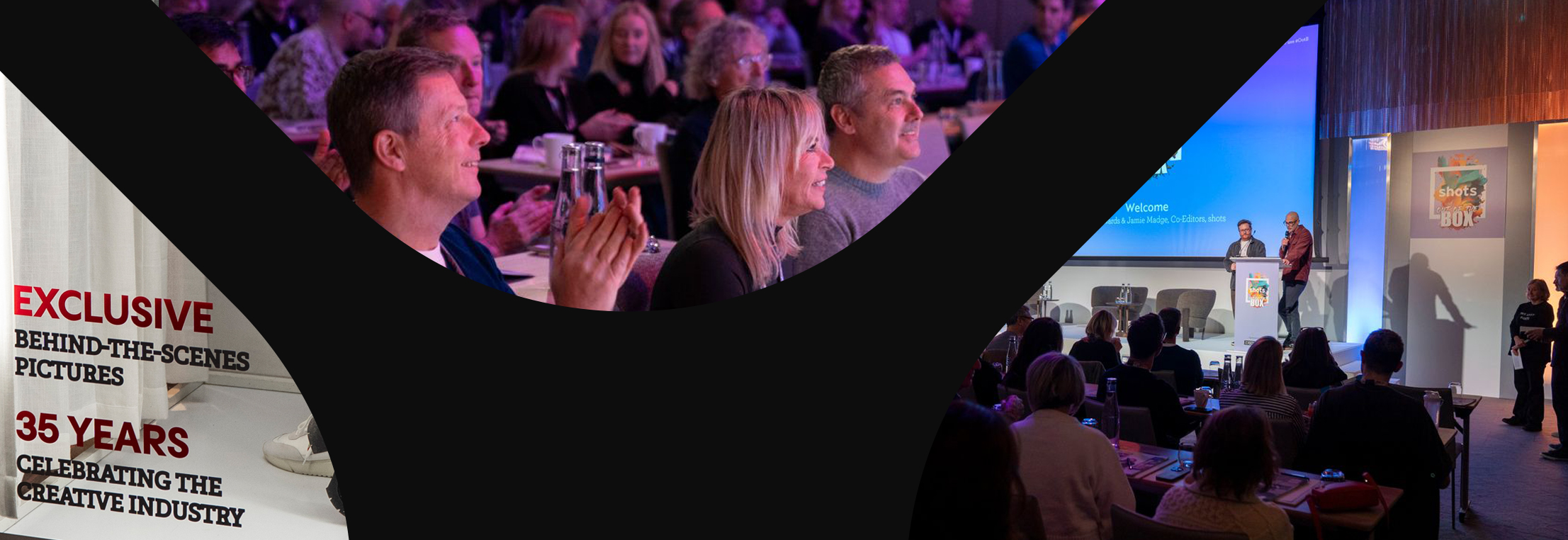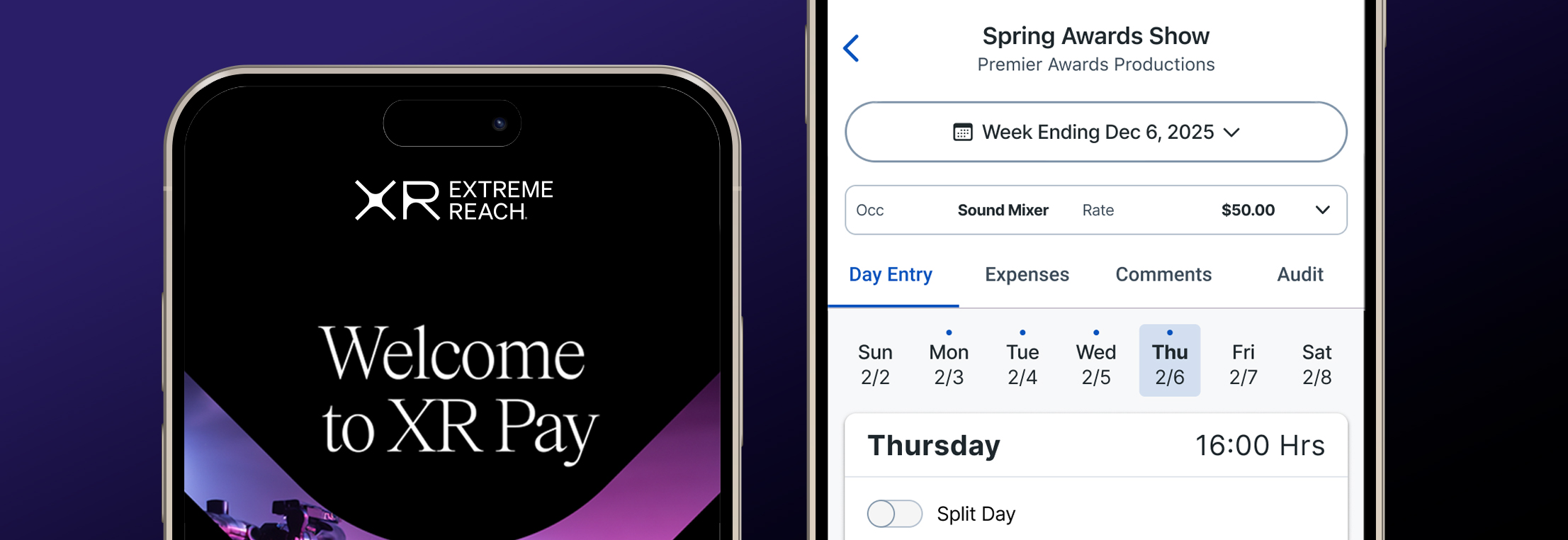Engaging Streaming Viewers with Alternatives to Traditional Ads
Ads often go hand in hand with streaming movies and TV shows—a pairing that’s become more essential as viewers demonstrate a limited appetite for subscription services. Top players such as HBO Max, Disney Plus, and Netflix have introduced ad-supported tiers, adding more options for those who prefer free and lower-cost, ad supported models.
A recent report indicates that marketers may be best served by coming up with new ways to advertise to streaming audiences. “Beyond the :30 on Streaming TV,” a study from Roku and media insights firm Magna, reveals that an astounding 94% of viewers would be less inclined to avoid ads if certain changes were made to the types of spots they currently see. Of the 1,316 surveyed respondents, 66% of those aged 18 to 34, said they’d step away from ads less often if the spots were more entertaining. 53% would remain tuned in for the full duration of an ad break if it was less like a traditional 30-second spot. So what types of ads might consumers prefer? Roku and Magna tested three options. Here are some highlights of their report.
1. Thematic Tagged Vignettes. The companies first tried playing short, informative branded content, to which they simply attached an advertiser’s logo. For example, one summertime video featured useful hydration tips—brought to life by a bottled water brand. Roku called those spots Thematic Tagged Vignettes. The response was very favorable with 65% of viewers noting they learned something new, compared to 43% who had the same reaction to watching a traditional TV ad. What’s more, 77% said they found the new ad format helpful, while only 50% reported feeling the same way about traditional ads.
2. Trailers for Content. Roku and Magna next moved on to trailers for Roku Originals. To promote shows like Dummy starring Anna Kendrick, or The Andy Cohen Diaries, for example, the companies attached a brand logo to an original trailer. Audiences were asked about their intent to purchase from that brand after viewing the trailers—which are, by definition, meant to entice viewers. 10% of respondents said they’d buy from the advertisers whose logos were attached to the trailer, compared to only 3% who voiced that same desire after watching a traditional ad.
3. Watch Along. Finally, the two companies coined the term Watch Along to describe a hosted short-form content series that could run during the commercial break of a film presented by a brand. This style of content had an ad recall rate of 66%, versus the 39% recall rate enjoyed by traditional ads. “[The ad] kept me tuned in, unlike other commercials,” reported one viewer. Another said, “The videos were really engaging and interesting.”
While traditional commercials won’t be going out of style anytime soon, the joint Roku-Magna report provides food for thought about potential ways to branch out, try something new and have fun in the quest to attract more customers. “Marketers should lean into new ad formats that create a more valuable and enjoyable experience for maximum impact,” concludes the report.



.jpg)
